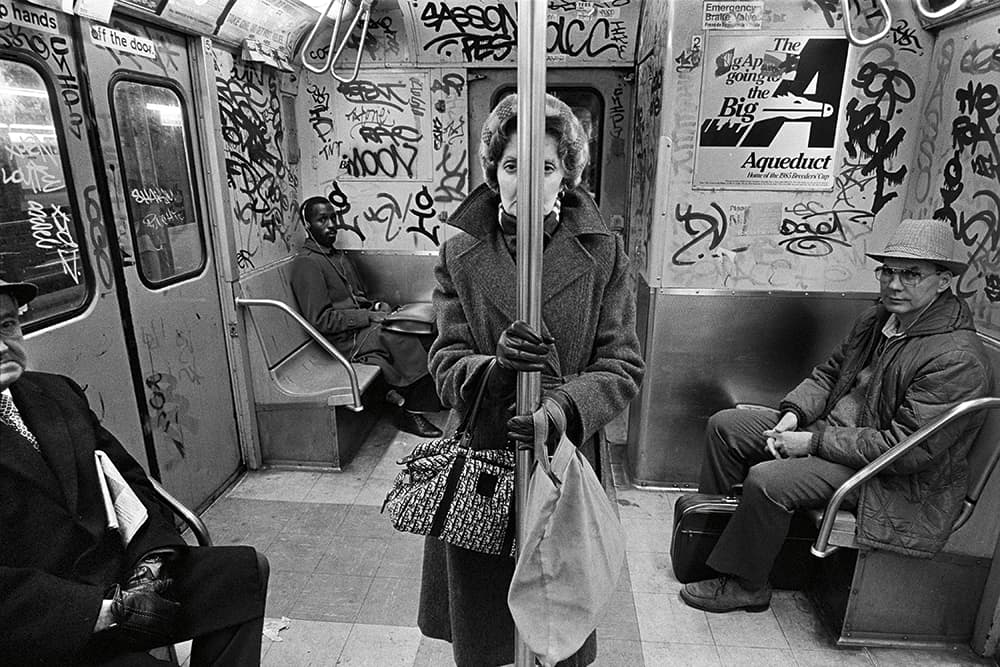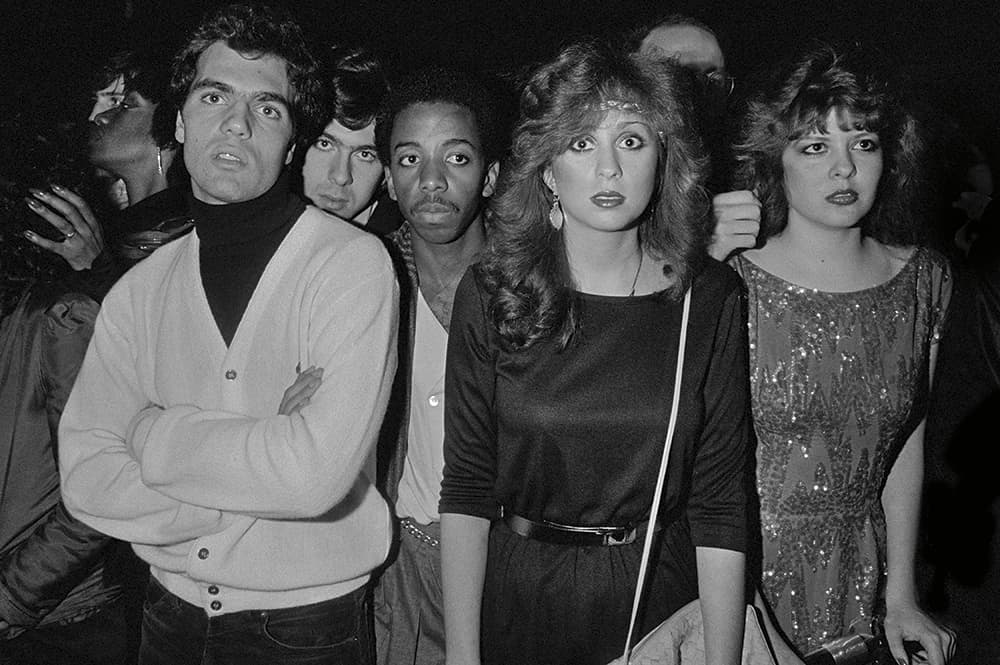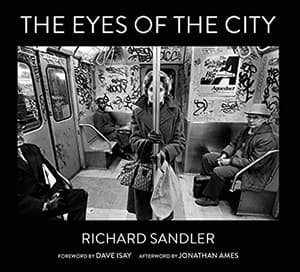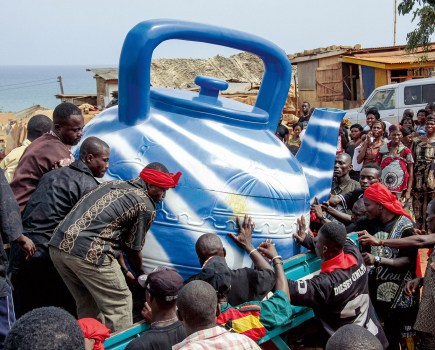
‘Hasid and hipster’, 2001. All images Richard Sadler/The Eyes of the City
New York City has always been a landscape of defiance. Whether it’s through its street attitude, art scenes, brash citizens or its refusal to cave in following the events of 9/11, when we think of New York we think of something almost muscular, something ‘real.’ As a result, there have been countless attempts to capture the soul of the Big Apple through a variety of mediums. Jay McInerney, Tom Wolfe and F Scott Fitzgerald are all writers who have turned their pen towards the champagne elites, cocaine yuppies and most bereft souls of the city. Woody Allen’s name has become synonymous with the jazz- inflected monochrome atmosphere that many of the more romantic among us attach to Manhattan. On the flipside, Martin Scorsese was able to capture the smells, grime and street-level nihilism in his 1976 film Taxi Driver.
All perspectives collated, we find a portrait of a city that seems to alter its features depending on the observer. ‘For the eye altering alters all’, as William Blake once wrote. In whatever mood you find yourself, New York will reflect it right back at you. That schizophrenic approach to New York also applies to photography. The recent release of The Grey Ghost: New York City Photographs by Dan Winters took a deeply personal, poetic and abstract look at a city in which he was most consciously an outsider. However, at the other end of the scale we find this release by Richard Sandler, which acts as both a time capsule and psychogeographic culture study.

Curious passengers ride a graffiti-covered New York subway train, 1982
Learning curve
In 1977, while living in Boston, Massachusetts, Richard Sandler was given a Leica IIIf by a friend who was a professional photographer, which coincided with him moving into the friend’s communal house that had a darkroom in the basement. The house was owned by an eminent psychologist and Harvard professor and his wife, both of whom were Quakers. They rented out rooms in their small mansion to a variety of characters, and as a result Sandler was surrounded by a melting pot of individuals, sowing the seeds of the diverse range of people that in later years would go on to populate his photography.
It quickly became apparent to Sandler that the only place he wanted to shoot was on the street. His photographer friend introduced him to the work of Henri Cartier-Bresson, Robert Frank, André Kertész, Brassaï and Garry Winogrand, and Sandler absorbed their work. Soon after, Sandler hit the streets of Boston and began approaching street photography in an experimental way. His first revelation was using flash, which he continued to use throughout his career. The second was a weekend workshop conducted by Garry Winogrand, who taught Sandler how to shoot with confidence while remaining near invisible, even with the intrusion of flashlight.
For three years Sandler walked the streets of Boston learning his craft and attempting to draw out the life essence of the streets. Those early images, which are included at the beginning of the book, are notable for how quiet they seem. There’s something almost shy about them. Many are taken at a distance, around corners or of unaware sleeping figures. However, it’s when the book shifts to the meatier work of New York that you see Sandler suddenly land like a photographic juggernaut. The explosion of confidence is almost jarring.

Hopefuls waiting to gain entry to the world-famous nightclub Studio 54, New York, 1981
Sidewalking
Once the pages of the book make the almost imperceptible journey across cities, Sandler’s visual style comes to life. Sandler is right up there to record every blemish and wrinkle whether the subjects like it or not. In others, small narratives play out that hint of racial politics, socio-economic hardships and injustice. New York City becomes his playground of experimentation and social commentary. Religious groups, pimps and hustlers rub shoulders with political heavyweights and the fur-clad elite, which gives the whole project an air of real history. We hear the idea that photography is a social time capsule time and again, but in this case it truly is. The images move from the late 1970s right up until the days just before the terrorist attacks.
It isn’t hyperbole to say that Sandler’s work easily sits beside the greatest work of street photography. Here is an unsung hero of photography. With any luck, this book will go some way to placing Richard Sandler within the pantheon of greats. The worst thing that could happen is that Sandler ends up being yet another artist not appreciated in his time.
SCORE: 5 out of 5

Published by Powerhouse
Price £40.65, 200 pages, hardback
ISBN 978-1-57687-787-6








